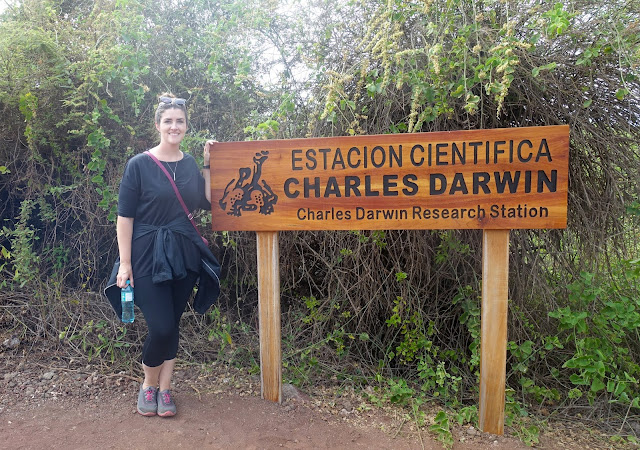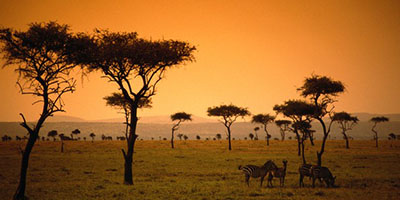Day 7: Galapagos Islands to Quito, Ecuador
 |
| Outside the research facility. |
Today was our last day on the Galápagos Islands. I wish we were going to be here longer! This experience has been nothing short of amazing.
Charles Darwin Research Station
In an attempt to revive the species, the Research Station tried mating George with females of a closely related species from other islands. Unfortunately, all of their attempts were unsuccessful and no offspring were produced. This is partly due to George not having the greatest social skills since he was the last one on his island for a very long time.
 |
| The remains of Lonesome George on display in the exhibition hall. |
According to sources at the Research Station, he lived to be around 130 years old which is still relatively young for a tortoise since they can live to around 200 years. Although he did not produce any offspring, some of his DNA was collected for future use and study. We might not have been able to see him alive, but we did get to see his preserved remains housed at the facility in the exhibition hall.
 |
| One of the tortoises at the breeding center. |
 |
| Tortoises cooling off in the water. |
We toured around the different sections seeing tortoises of all ages. The baby tortoises are all divided up by species and age with each of the holding areas labeled with what island they are from and when they were born. The babies will stay in enclosed areas until their shells harden at around 6 years of age. We even got to witness the slowest fight on earth between two massive tortoises.
 |
| The slowest fight I have ever seen. |
 |
| Santiago Island species of tortoise bred in 2016. |
 |
| One of the land iguanas. |
They not only breed tortoises here, but they also promote conservation and restoration projects to protect the future of the islands as well as conduct research of all land and marine species. One of the other species we saw on our tour was the land iguana. These particular iguanas out that we saw had been pets and had somehow made their way to this facility to live out the rest of their days.
 |
| Climbing up into the plane on Baltra Island. |
Also, I’ve never had so many empanadas in my life. They're delicious!
 |
| Back in Quito! |



Comments
Post a Comment